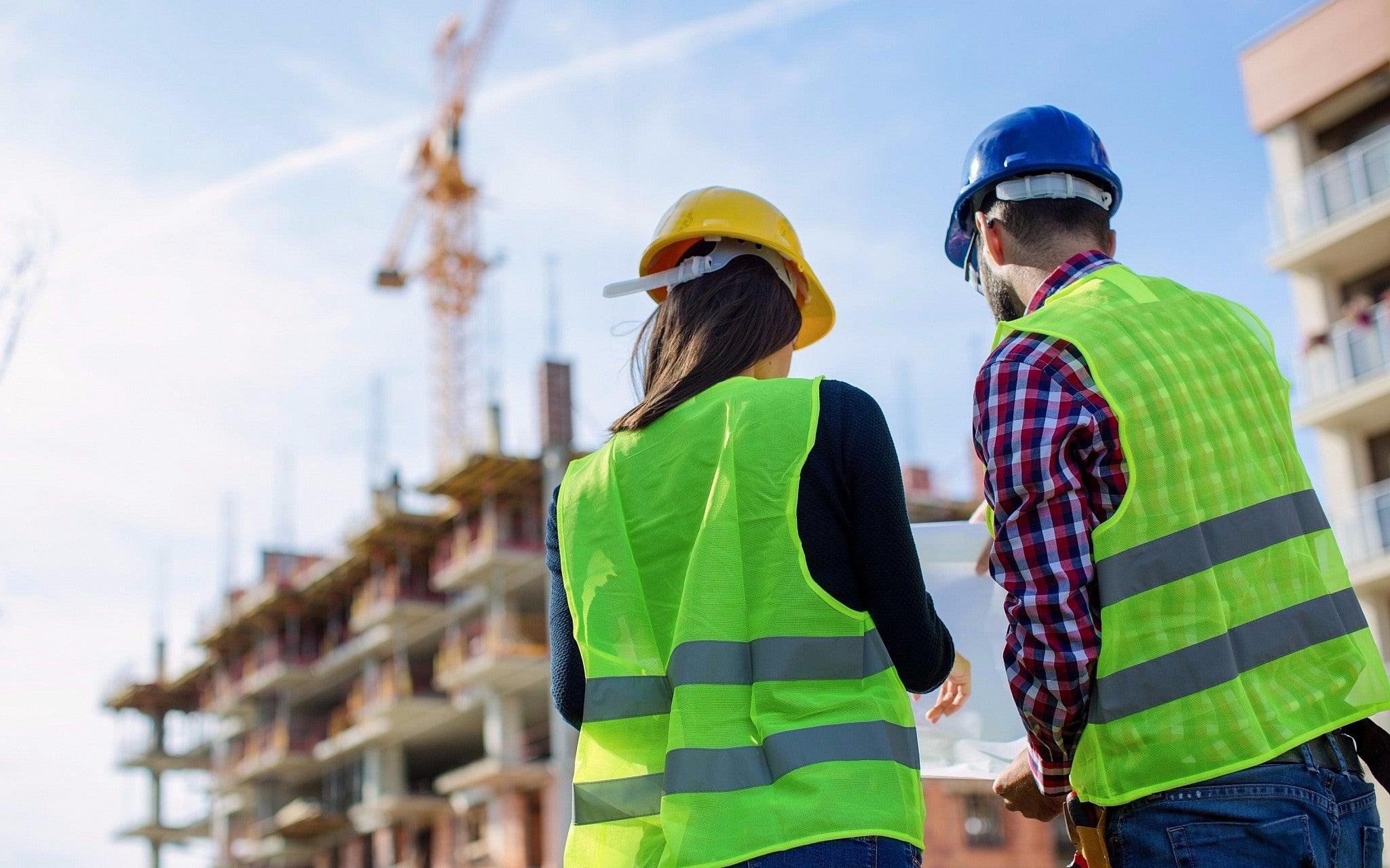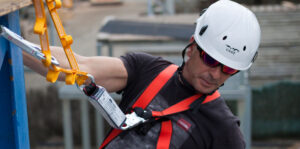Introduction
The workplace is full of potential hazards, especially in industries like construction, manufacturing, logistics, and warehousing. Among the most vulnerable parts of the body are the feet, which endure daily strain and exposure to risks such as falling objects, sharp tools, heavy machinery, and slippery floors. Foot injuries not only cause pain and discomfort but can also lead to lost workdays, medical expenses, and long-term health issues.
One of the simplest yet most effective ways to protect workers is by equipping them with proper safety shoes. These specially designed footwear options are engineered to withstand harsh conditions and reduce the likelihood of injuries. In this blog, we’ll explore 10 of the most common workplace foot injuries and how safety shoes help prevent them.
1. Crushing Injuries from Falling Objects
One of the most frequent workplace hazards involves heavy tools, materials, or machinery falling onto workers’ feet. Without protection, such incidents can lead to broken toes, fractures, or permanent damage. Safety shoes with steel or composite toe caps absorb and distribute the impact, preventing severe injuries.
2. Puncture Wounds from Sharp Objects
Worksites often have sharp nails, glass shards, or metal scraps lying around. Stepping on these objects without proper footwear can cause deep puncture wounds, leading to infections. Safety shoes with puncture-resistant midsoles act as a shield, keeping sharp objects from penetrating the sole.
3. Slips, Trips, and Falls
Slippery surfaces from water, oil, or chemicals are a major cause of workplace accidents. Slips can result in sprains, twisted ankles, or even fractures. Safety shoes with slip-resistant outsoles provide better traction and grip, reducing the risk of falls.
4. Electrical Hazards
Workers in power plants or electrical maintenance face the constant risk of electrocution. Regular shoes can conduct electricity, leading to life-threatening injuries. Electrical hazard (EH) rated safety shoes are designed with insulating materials to protect workers from electric shocks.
5. Burns from Chemicals and Hot Surfaces
Industrial workers are often exposed to chemicals, molten metals, or extremely hot surfaces. Chemical splashes or direct contact with heat can cause burns and scalds. Safety shoes with heat-resistant and chemical-resistant materials provide an extra layer of protection in these environments.
6. Cuts from Sharp Tools or Equipment
Accidental contact with cutting tools or sharp equipment can cause serious lacerations to the feet. Safety shoes made with durable leather or reinforced uppers help reduce the risk of cuts by creating a protective barrier.
7. Fractures and Sprains from Heavy Machinery
Heavy machinery rolling over a worker’s foot can result in severe fractures or ligament injuries. Reinforced toe caps and sturdy outsoles in safety shoes provide essential support to withstand crushing forces while minimizing damage.
8. Fatigue and Long-Term Foot Disorders
Standing or walking on hard surfaces for extended periods can cause fatigue, plantar fasciitis, and other musculoskeletal problems. Safety shoes with cushioned insoles and arch support not only protect against external hazards but also reduce strain on the feet, improving posture and overall comfort.
9. Frostbite or Cold-Related Injuries
In cold climates, prolonged exposure to freezing conditions can lead to frostbite and circulation problems in the feet. Safety shoes designed with thermal insulation keep feet warm and dry, preventing cold-related injuries and ensuring worker comfort.
10. Infections from Poor Hygiene or Exposure
In some workplaces, exposure to damp or contaminated surfaces can lead to fungal infections or skin problems. Safety shoes with breathable materials, moisture-wicking linings, and proper ventilation help maintain foot hygiene and prevent infections.
How Safety Shoes Make a Difference
What makes safety shoes so effective is the combination of protective technology and ergonomic design. From steel and composite toe caps to slip-resistant outsoles and cushioned interiors, they address both safety and comfort. By protecting against immediate hazards like crushing or punctures and long-term issues like fatigue, these shoes play a crucial role in worker well-being.
Conclusion
Foot injuries in the workplace are more common than many realize, but they are also highly preventable. From crushing impacts and puncture wounds to electrical hazards and chemical burns, the risks are diverse and serious. Safety shoes provide a comprehensive solution by combining durable construction, advanced materials, and ergonomic features to keep workers safe.
For employers, investing in proper footwear is not just about compliance but about creating a safer, healthier, and more productive workforce. For workers, wearing the right shoes means confidence and security while performing demanding tasks. Ultimately, safety shoes are more than protective gear; they are a vital investment in preventing workplace injuries and ensuring long-term well-being.



